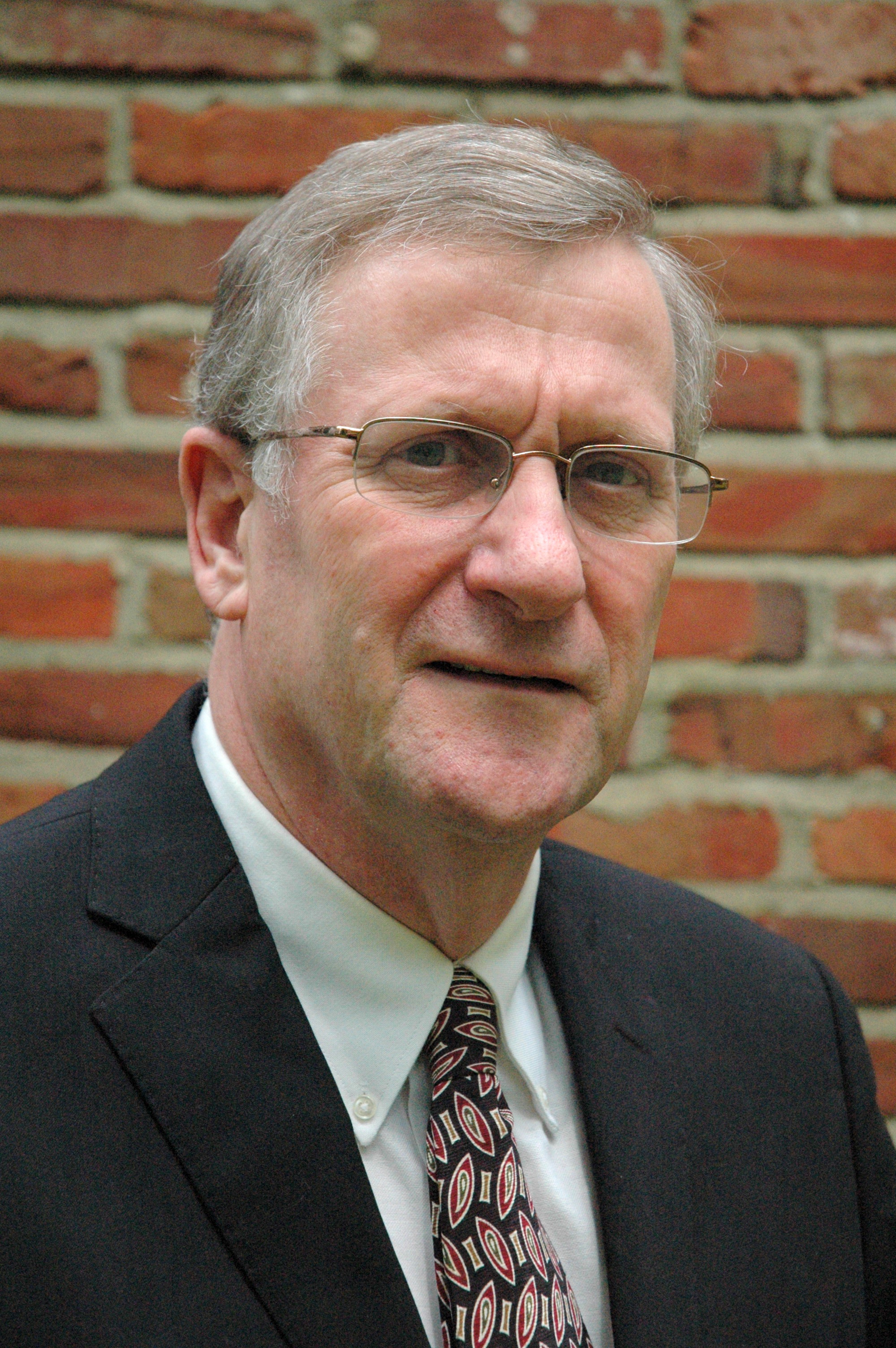- Video Library
- GreenBone Ortho | Alastair Clemow, President
GreenBone Ortho | Alastair Clemow, President

Alastair Clemow
Alastair Clemow holds a PhD and an MBA. In 1981 Alastair joined Johnson & Johnson becoming VP Worldwide Business Development for Ethicon. In 2000, he became President, Board Member and CEO of various Orthopaedic and Spine companies which were sold successfully. He is now Board Member of First Wave Technologies and Chairman of the Board of Ensemble Orthopaedics.
Alastair Clemow
Alastair Clemow holds a PhD and an MBA. In 1981 Alastair joined Johnson & Johnson becoming VP Worldwide Business Development for Ethicon. In 2000, he became President, Board Member and CEO of various Orthopaedic and Spine companies which were sold successfully. He is now Board Member of First Wave Technologies and Chairman of the Board of Ensemble Orthopaedics.

17011 Beach Blvd, Suite 500 Huntington Beach, CA 92647
714-847-3540© 2025 Life Science Intelligence, Inc., All Rights Reserved. | Privacy Policy







